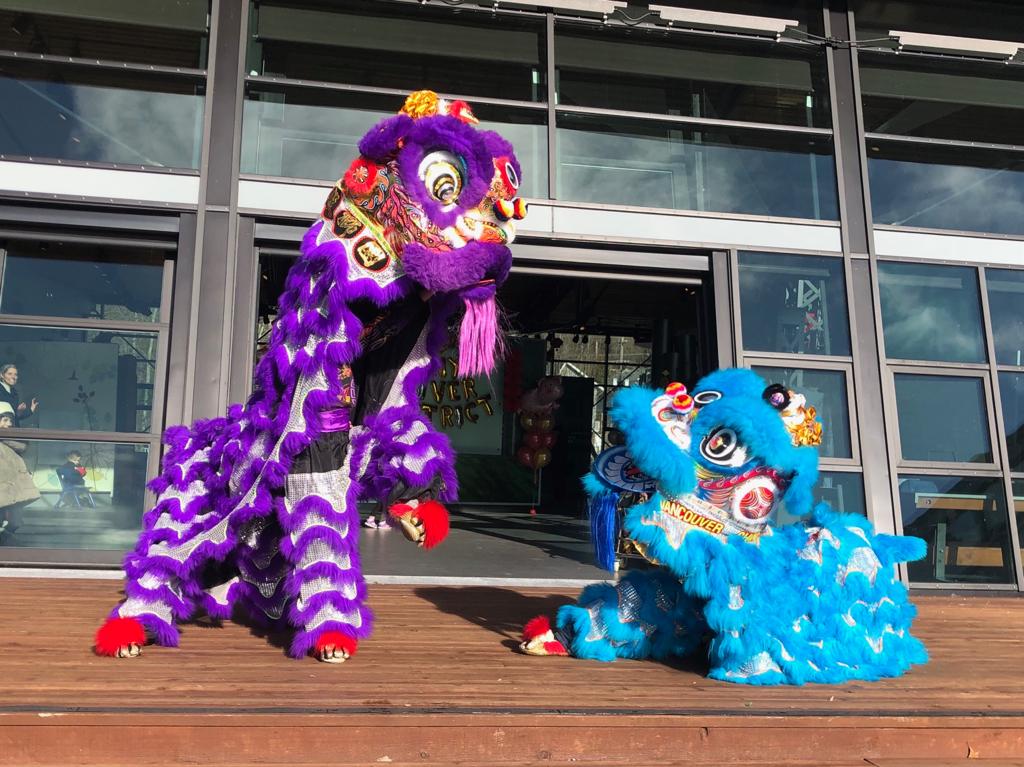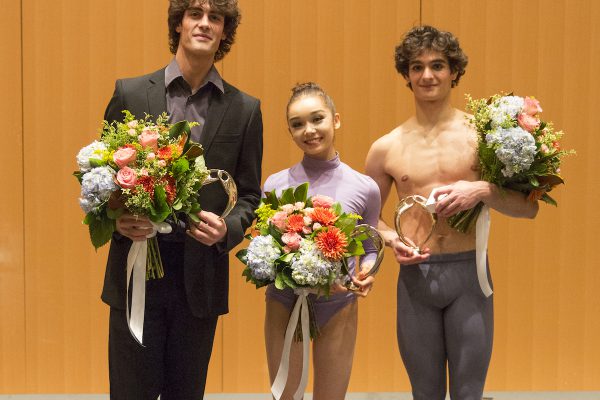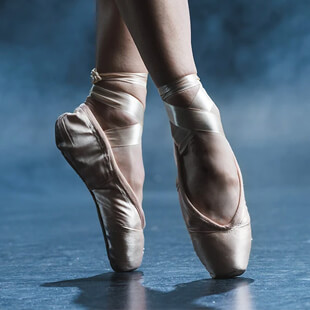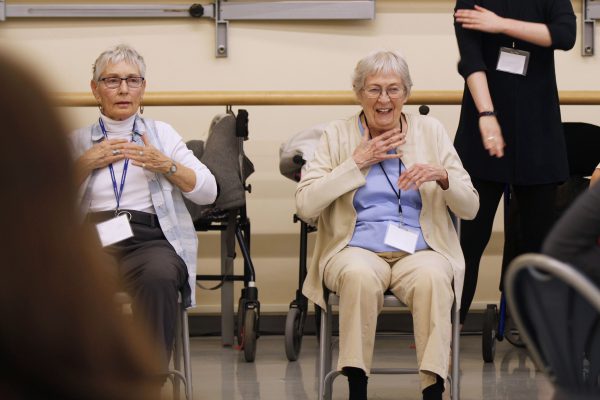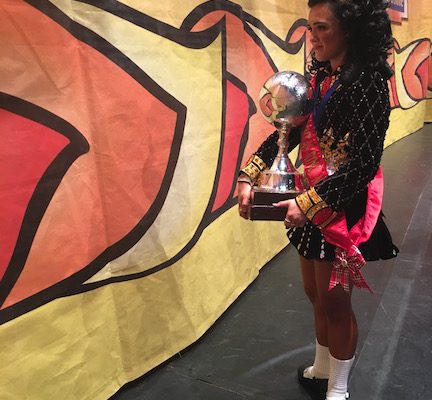This article is published through our Regional Reporter Program. We acknowledge the support of the Canada Council for the Arts through the Digital Now initiative.
***
At 12:15 p.m. on Sunday, Jan. 29, a crowd gathered at the Dr. Sun Yat-Sen Classical Chinese Garden in downtown Vancouver to see a lion dance performance by the Hon Hsing Athletic Club. The decorated gardens were home to drums and cymbals played in accompaniment to the swirling lions and the dancers underneath them.
This year, Lunar New Year took place on Feb. 1, marking the beginning of the Year of the Tiger. This type of year occurs once every 12 and symbolizes strength and exorcising evil. In addition to spotting this king of all beasts at celebrations, you might have seen traditional lion dancing amidst the Chinese New Year celebrations around your city.
Eugenia Chau, of the Vancouver Chinese Lion Dance Association, said that this storytelling dance always includes certain components like bowing, obtaining heads of lettuce, which symbolize wealth, and displaying a banner containing good wishes and greetings. The brightly coloured lion is often seen weaving around obstacles as “the lion wakes up,” searches for the lettuce and “then spits it back out,” said Chau.
“When you see a lion dance, try to catch the lettuce to have prosperity and good luck for the coming year,” said Chau. “If you pat a lion head, it will give you good luck.”
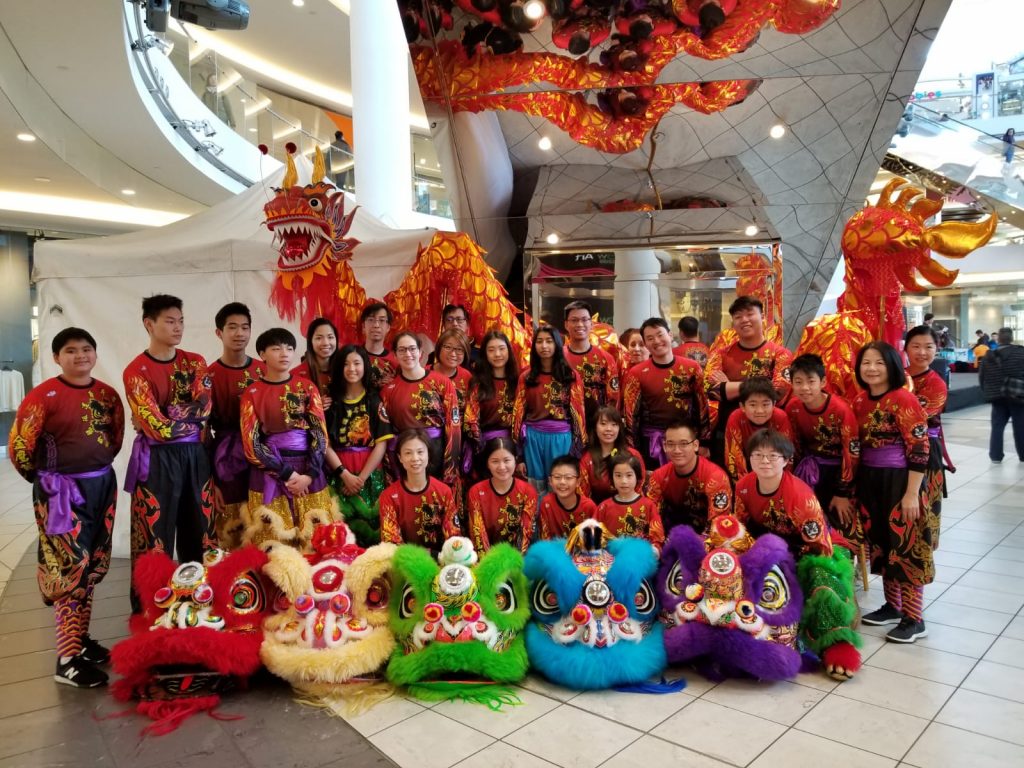
Lion dancing performances, which are often eight to 10 minutes long, generally have a minimum of five performers: one to hold and manipulate the head, one for the tail and three musicians: a drummer, cymbal player and gong player, who all stand off to the side.
Because this is a partner dance that requires a significant amount of co-ordination amongst team members, “Trust is important,” said Chau.
This intricate form of dance blends elements of artistry and athleticism, and both the head and tail dancers undergo strength training to execute the complex choreography, which, Chau explained, includes some acrobatic moves. The training is necessary to enable the tail dancer to lift the head dancer and for the head dancer to hold and move the six- to eight-pound lion’s head in a lively manner. The one and a half- to two-hour practices are rigorous, but “It’s fun,” said Cyrus Chiu, a youth dancer from the Vancouver Chinese Lion Dance Association.
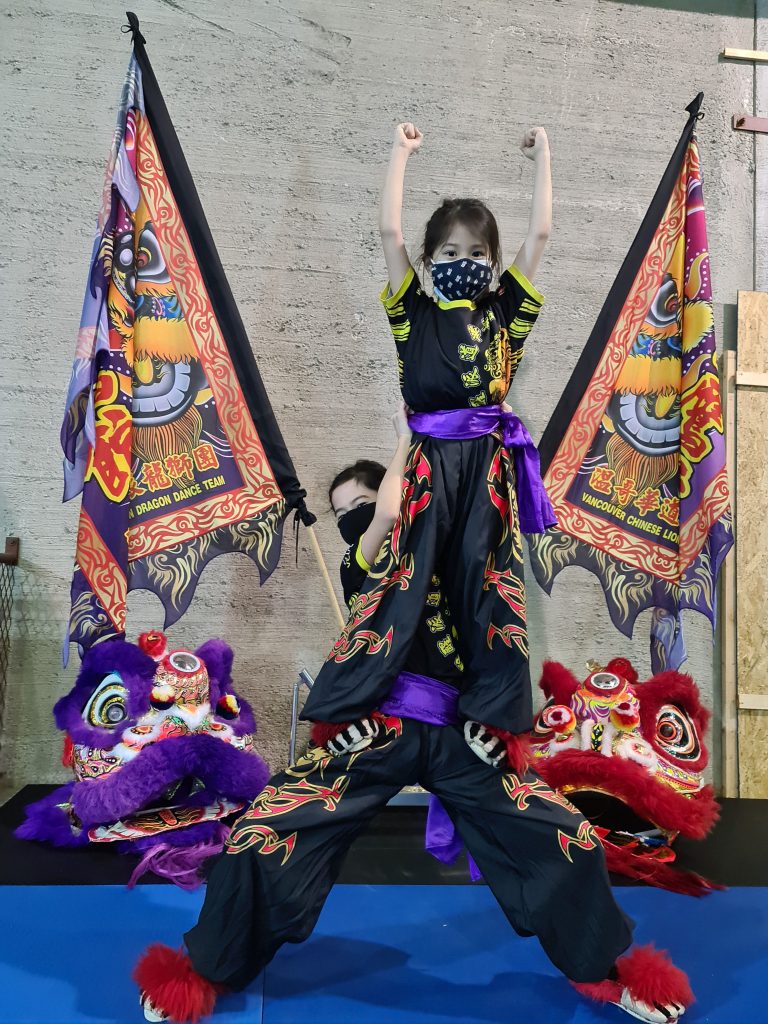
Lion dancing was created based on the story of a monster who was said to come out on Lunar New Year’s Eve. The monster would “terrorize all the villagers and eat all their crops and livestock, every year,” said Chau. The villagers were desperate and “prayed to the gods to help them, and the gods sent them a lion to scare off the monster.” The following year, the villagers made a costume using bamboo and papier mâché to mimic the lion and represent the help they had received. Every Lunar New Year, the lion appears in the festival along with drums and gongs and firecrackers to “scare the monster away,” said Chau.
Although Chau has been doing lion dancing for years, she still enjoys seeing “the joy … the laughter [and the] excitement” of the audience members during the performances.
Because the Vancouver Chinese Lion Dance Association welcomes individuals from any ethnicity, Chau encourages people to try this style of dance as it’s a good workout. “[It’s] a chance to make new friends and just to have fun!”
Dance Media Group strengthens the dance sector through dialogue. Can you help us sustain national, accessible dance coverage? Your contribution supports writers, illustrators, photographers and dancers as they tell their own stories. Dance Media Group is a charitable non-profit organization publishing The Dance Current in print and online.

